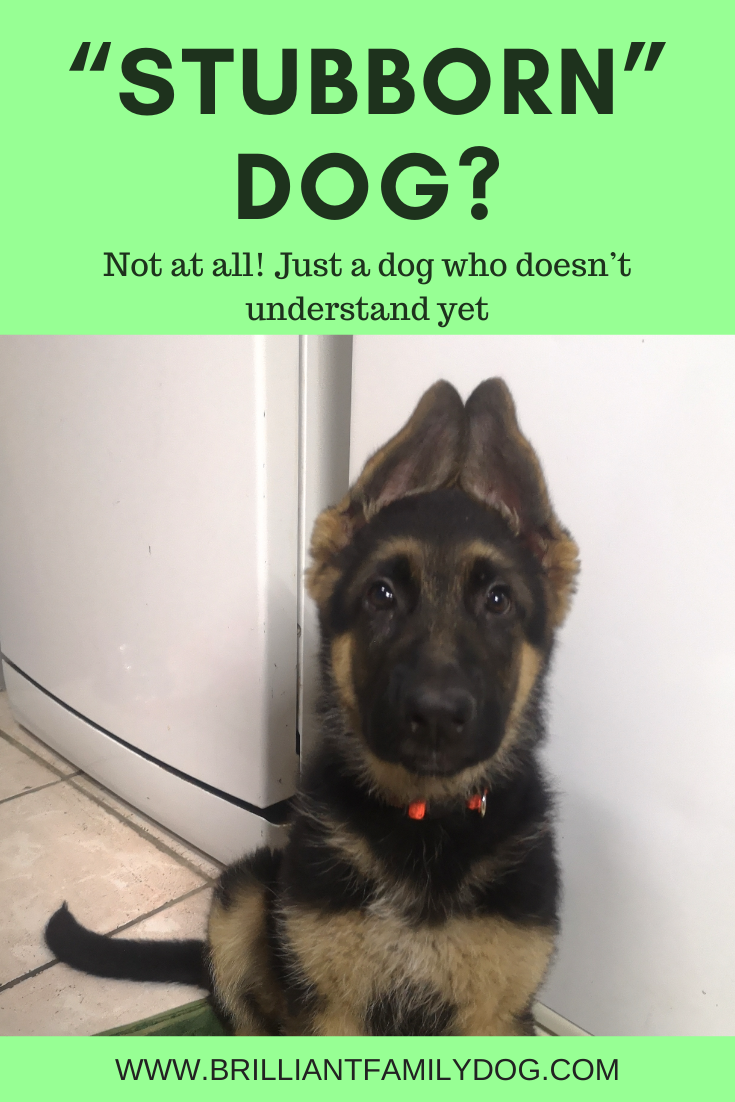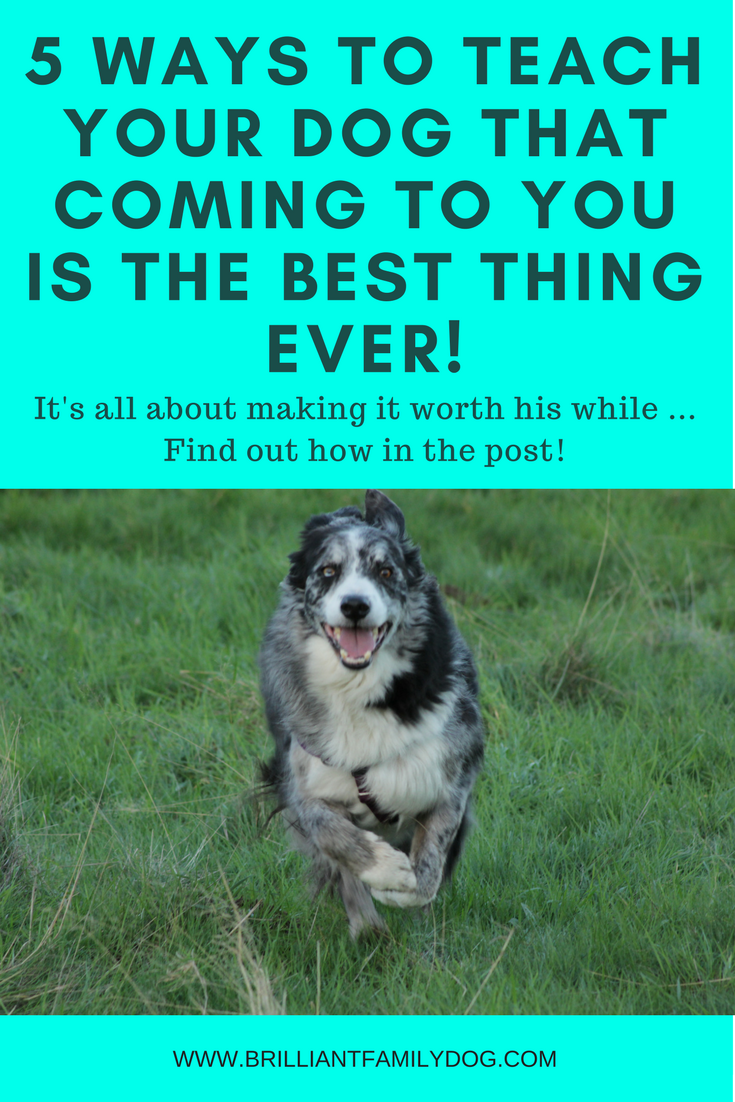Now those of you who know me, will know that this statement is a bit of a red rag to me!
Dogs - and people - are not stubborn … unless they’re pushed into a corner and you try to make them do something they’re unhappy about.
Anyone who manages a team, a family, a group of co-workers, knows that to get people to do what you want, you have to make it worth their while.
And ideally that it should be their idea!
That’s the fastest way of all to get enthusiastic compliance.
So, you canny people, why do you expect your dog to be any different?
The dictionary tells us that
Stubborn is “having or showing determination not to change one's attitude or position on something, especially in spite of good arguments or reasons to do so.”
Shooting oneself in the foot, as it were.
And if someone is in this position, you have to ask yourself how they got there? What benefit is it for them?
Because there has to be a benefit, or they wouldn’t do it!
Facts?
“I’ve made up my mind. Don’t confuse me with the facts.”
All this is to say that it’s not the dog that’s being stubborn.
Wha’???
It’s up to us - who have the care and responsibility of an animal from another species - to ensure their wellbeing.
And that means
◆ not letting them race into the road to get run over
◆ not injuring themselves (and you) by trying to haul you along like a train
◆ not ingesting dangerous substances that could cost them their life, and you a fortune at the vet’s.
This is all at our door.
So we have to find a way to encourage our dog to comply with this basic training that is ultimately for their benefit (as well as ours).
And the way to do that is to give them a choice!
(You can see Red here making an excellent choice with regard to the sausage sandwiches on the table!)
Just as you do with your team, your family, your co-workers - you give them options and let them choose. Let’s box clever here: you decide the options.
And once they choose, they’ll stick with their decision and follow through - because they chose it!
Running a business like a boot camp is bound to fail. Running a family like that will engender rebellion and resentment and a rapidly-emptying nest.
So take the easy route!
Give your dog - who up to now you’ve labelled as “stubborn” - a choice in his management and daily life.
If you haven’t yet tried this, you will be astonished at the difference it makes!
You will have a dog who wants to please you, who looks for opportunities to please you, who takes the load off your shoulders by anticipating your requests.
No shouting! No yelling! No frustration!
And no “stubborn” dog!
If you don’t believe me - well, perhaps you don’t want to be confused by the facts …
Check out our free Workshop on Getting your Dog to LISTEN! first of all, and do comment below on how quickly this works for you!












![Dog training, new puppy, puppy training | My dog keeps ... [insert annoyance here]! How to stop your dog doing stuff you don’t like | FREE EMAIL COURSE | #newpuppy, #dogtraining, #newrescuedog, #puppytraining, #dogbehavior | www.brilliantfamilydog.com](https://i.imgur.com/DKu4FfC.png)







